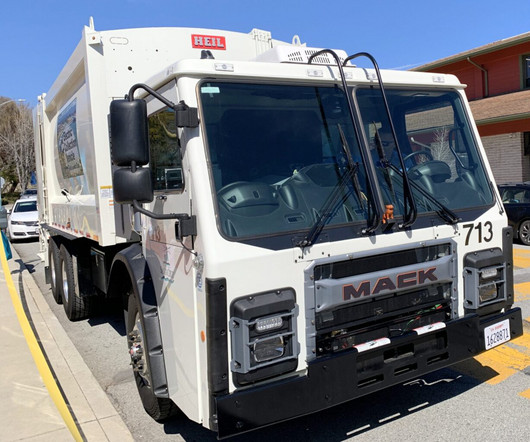Simulation study suggests ORC waste heat recovery system could deliver potential 7% improvement in fuel consumption in a PHEV on highway
Green Car Congress
OCTOBER 10, 2012
Their paper was presented at the ASME Internal Combustion Engine Division 2012 Fall Technical Conference by Marcello Canova, assistant professor at OSU; lead author was Philipp Skarke, from the University of Stuttgart Institute for Internal Combustion Engines and Automotive Engineering. —Skarke et al.







































Let's personalize your content